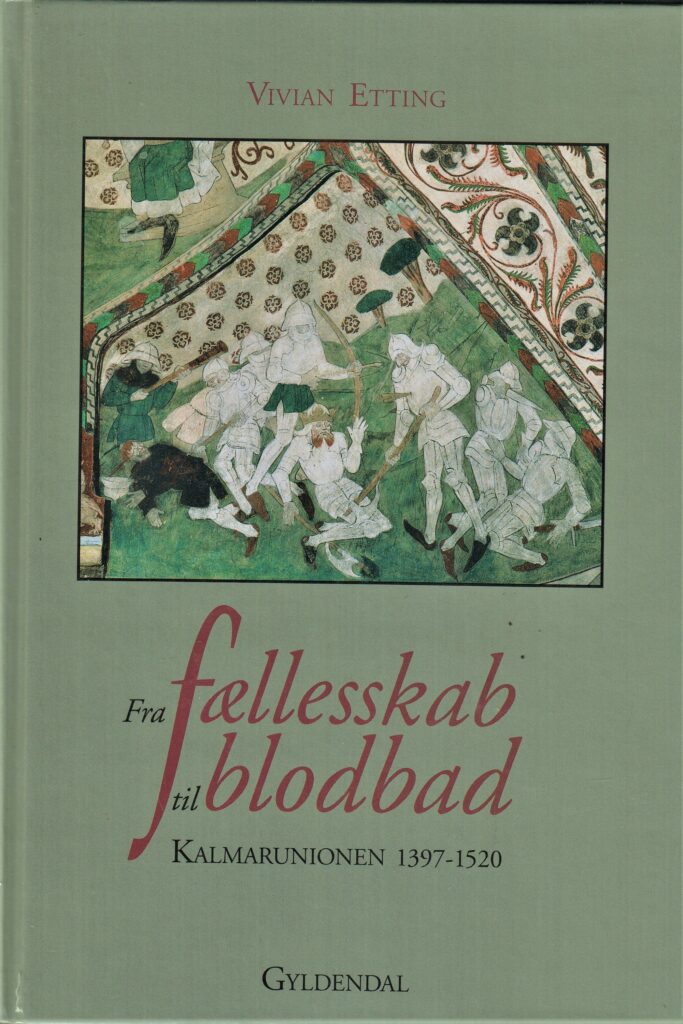


a story with only a relative truth at its core. In reality, this way of fighting can only be seen as a legend, i.

The identification of ”machicoulis” (machicolations) as an architectural provision for pouring down liquid tar pitch goes back to the early days of castle research. In popular culture and even in academic discourse surrounding castles, hot tar pitch has been depicted as a widespread defensive weapon. Mountings in gilt silver and fanciful supports testify to their high esteem, and they have always been used for memorial events or as an official token of welcome. Throughout millennia the spectacular appearance of these great horns has attracted much attention, and dramatic tales and stories are attached to several of them. As a consequence of this, northern Europe is the main field of research in this study. The use of drinking horns was concentrated in Scandinavia, Germany and England, whereas the tradition never was resumed in southern Europe after the collapse of the Roman Empire. A catalogue of the drinking horns in the National Museum's medieval collection is printed at the end of the book. The study includes written sources and literature, as well as depictions of drinking horns in art. In special focus are the still preserved drinking horns from medieval Scandinavia, of which a large collection is exhibited in the National Museum of Denmark. This study is devoted to the fascinating story of the drinking horn and how it was used in western culture from Antiquity to modern times.


 0 kommentar(er)
0 kommentar(er)
